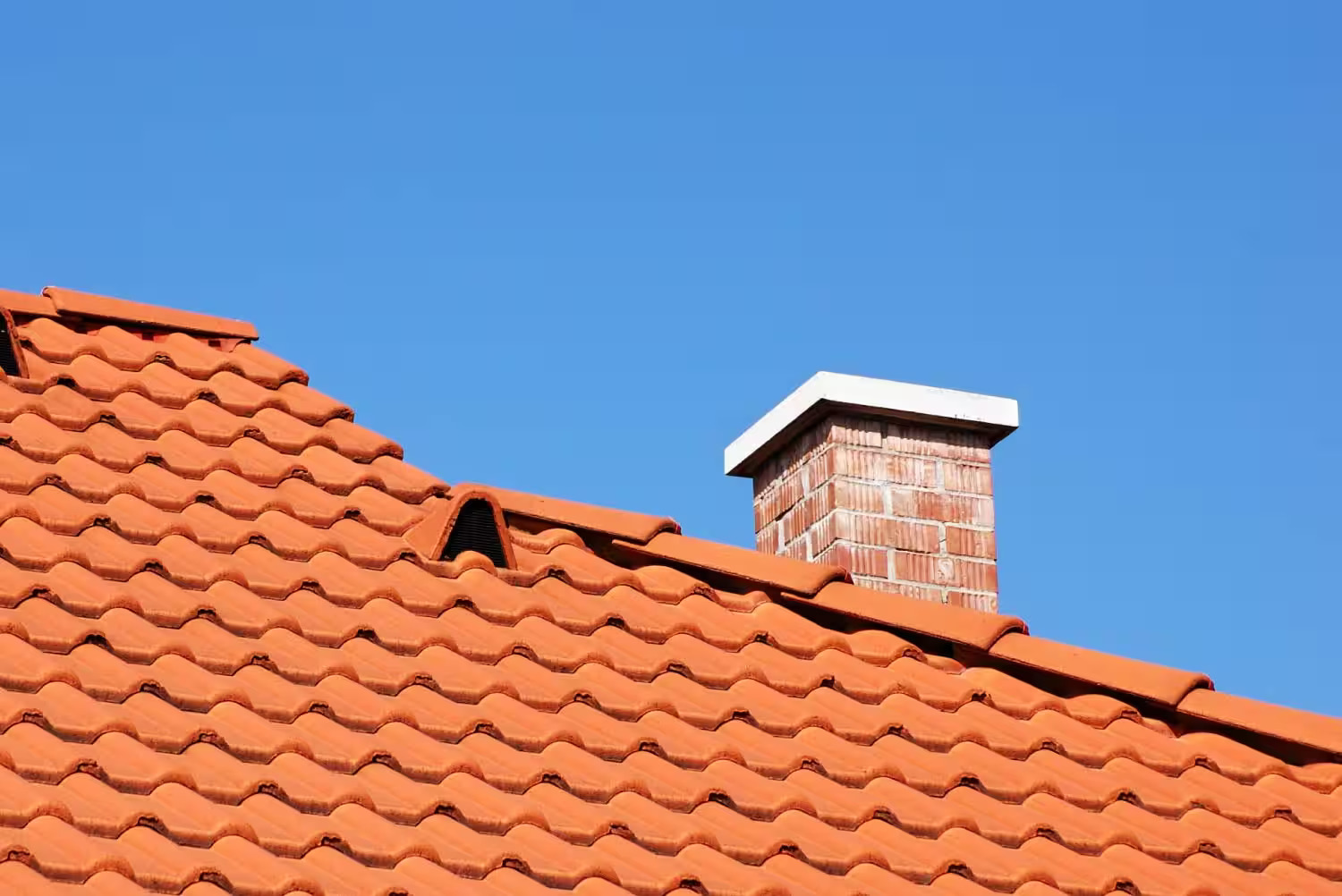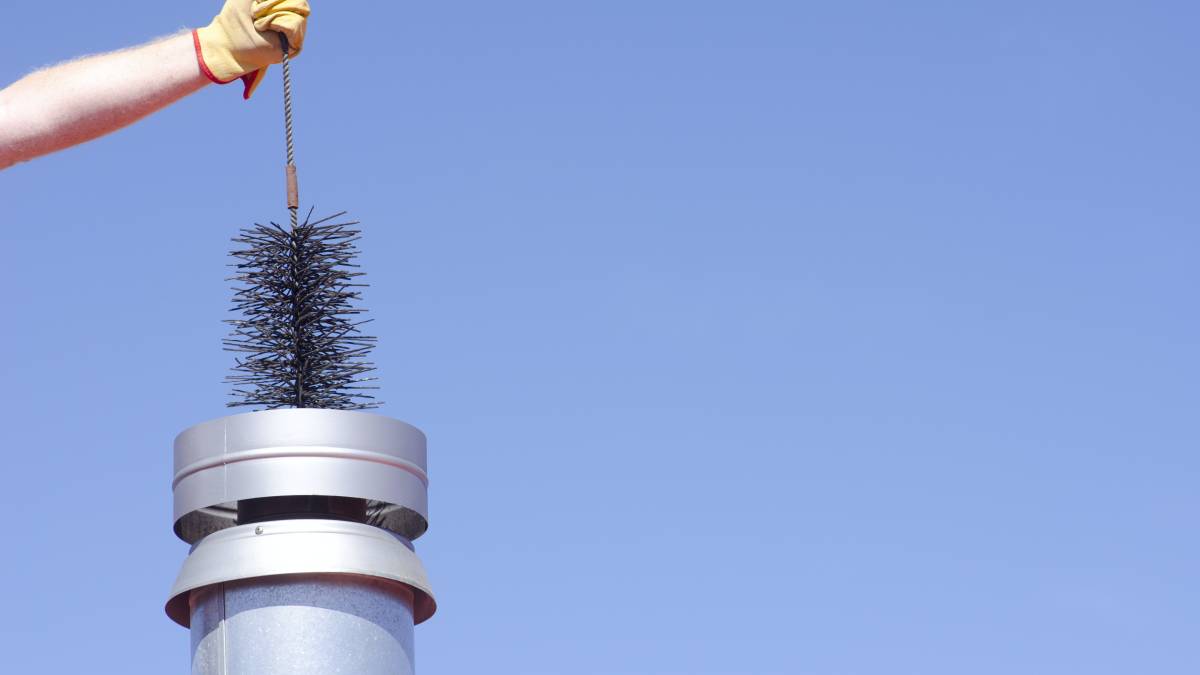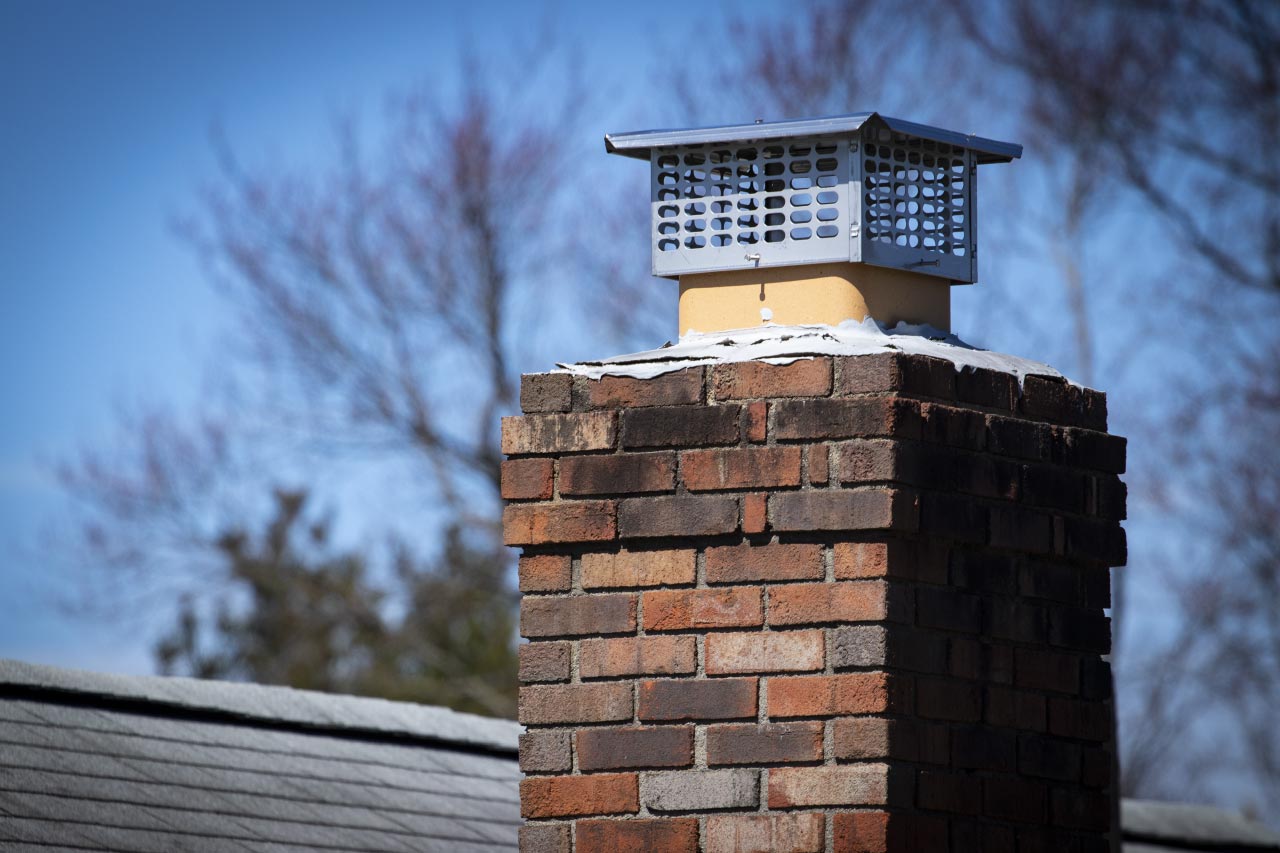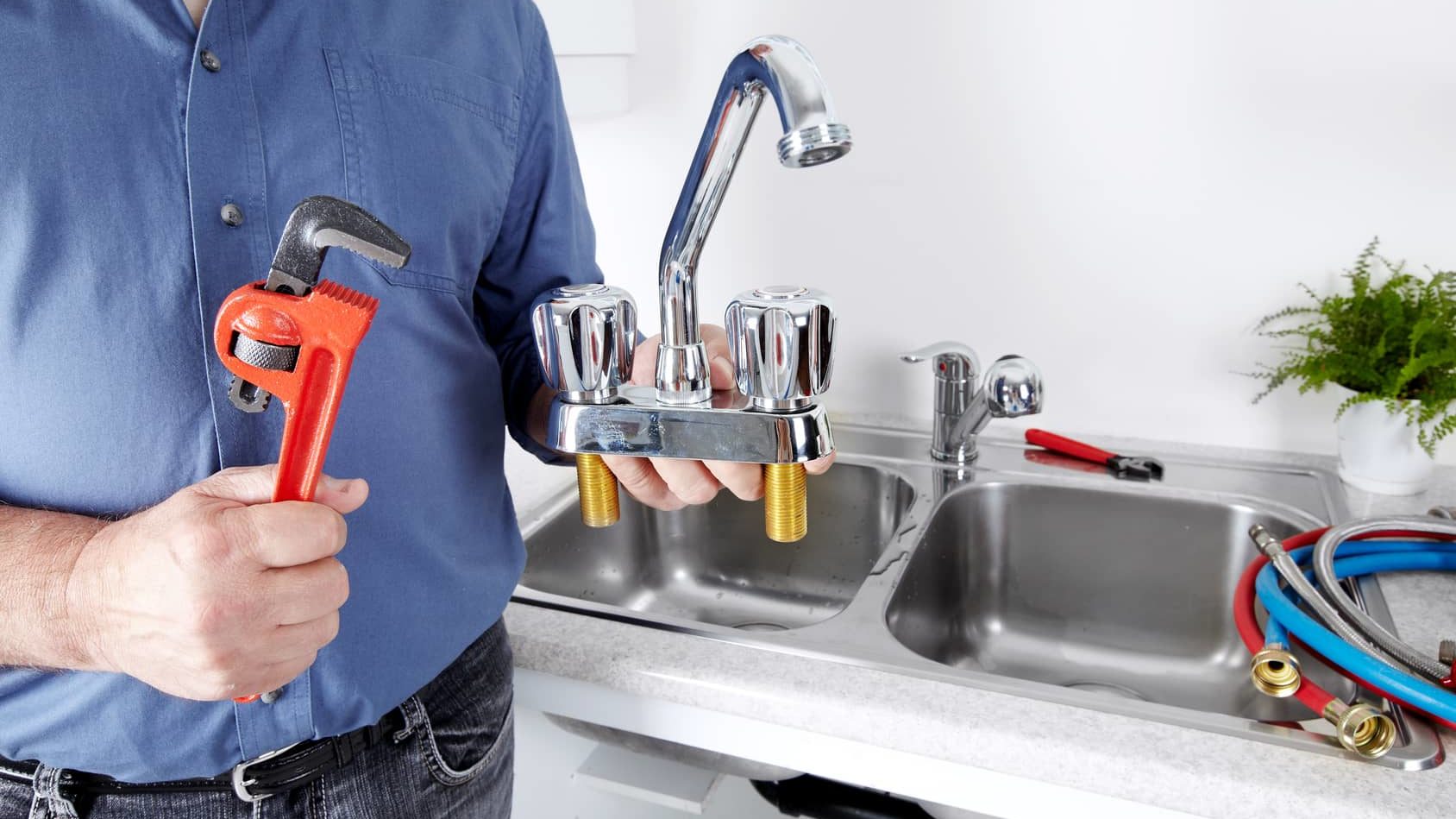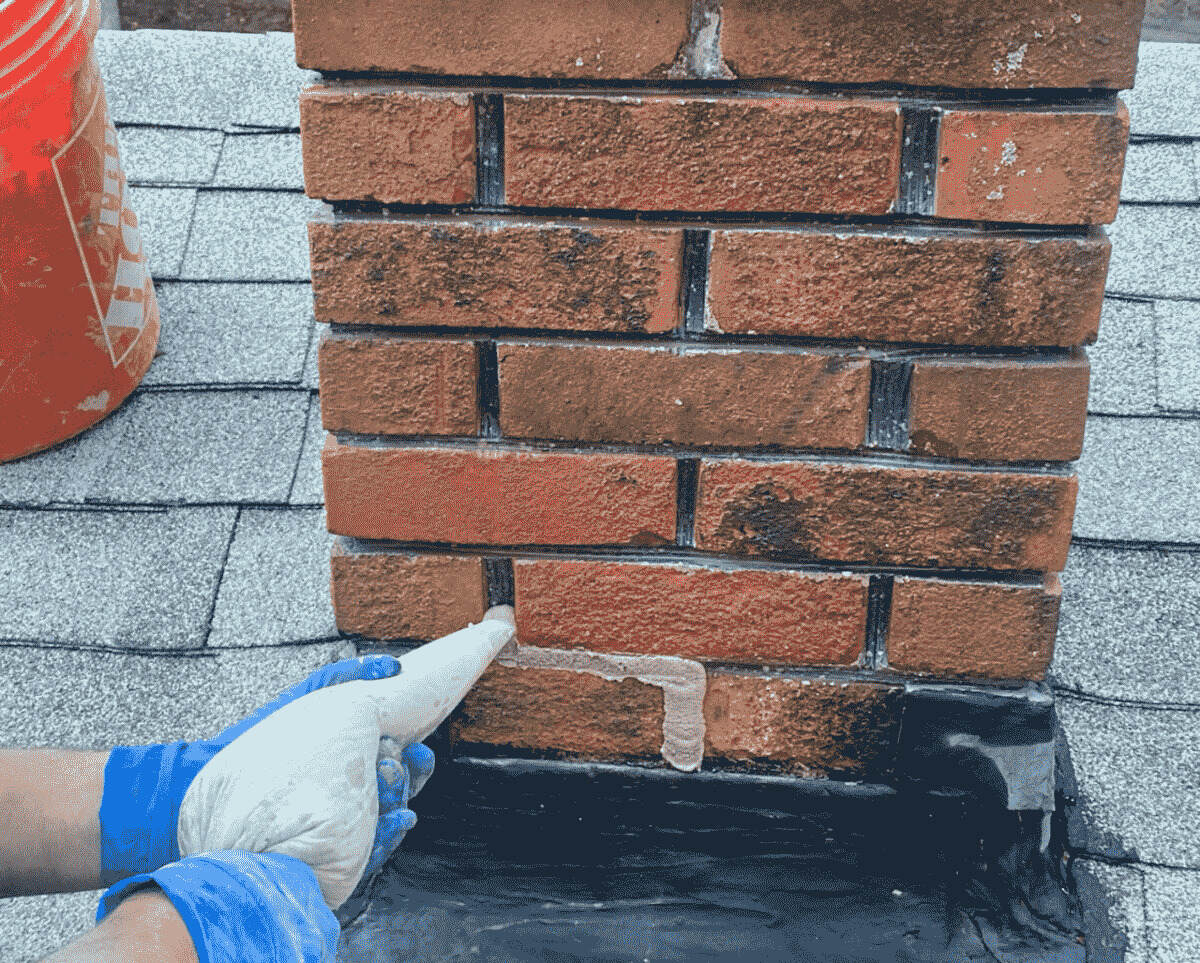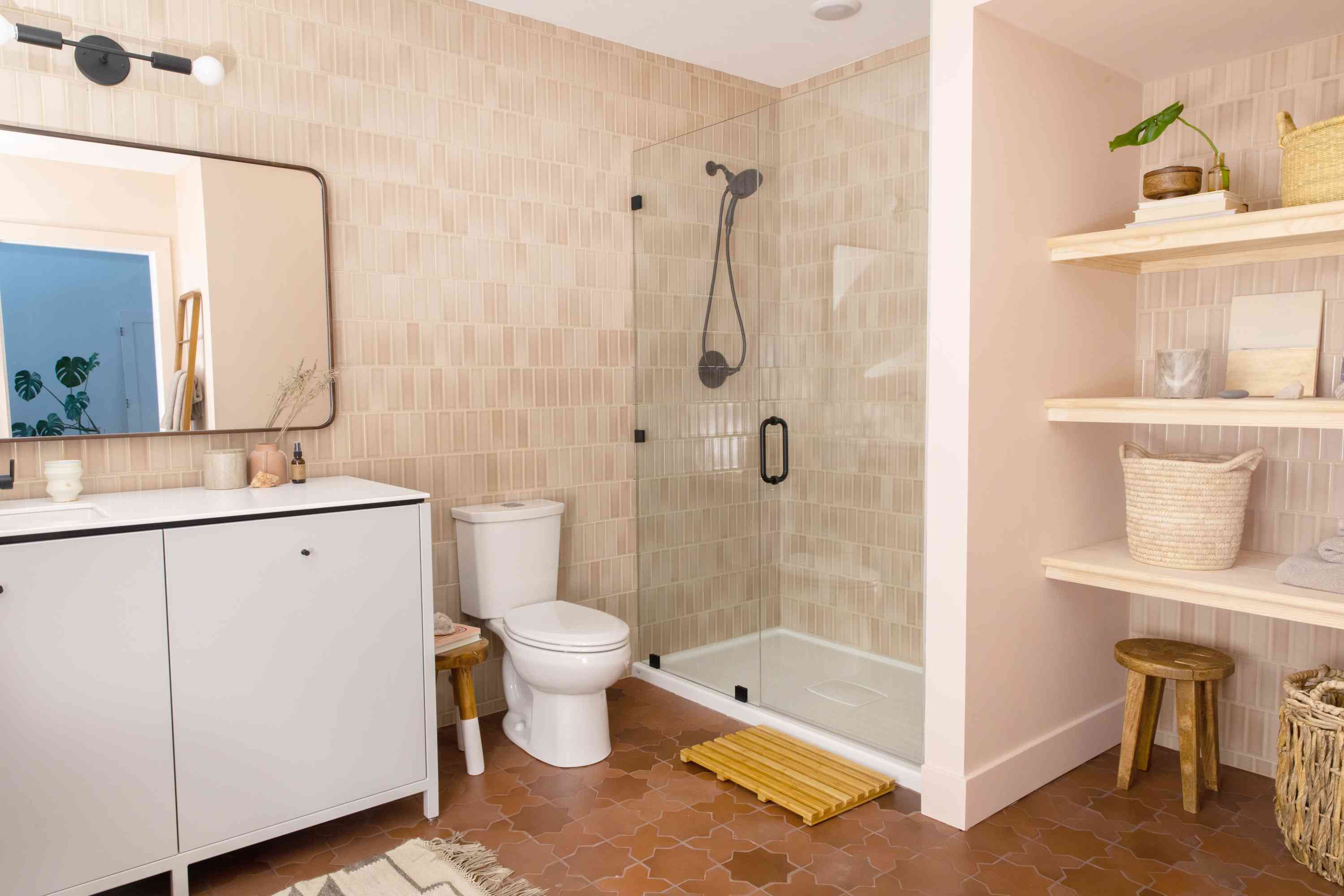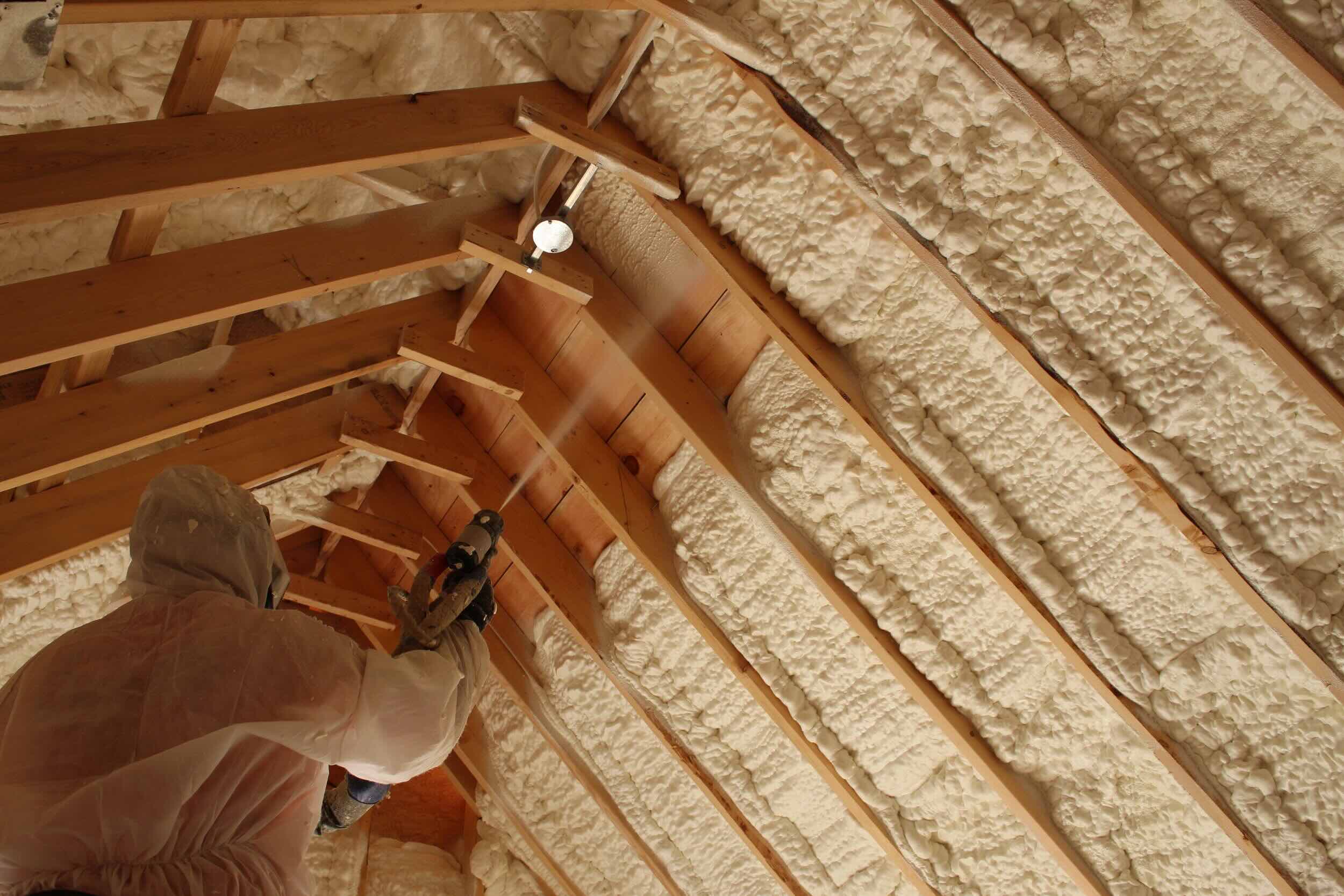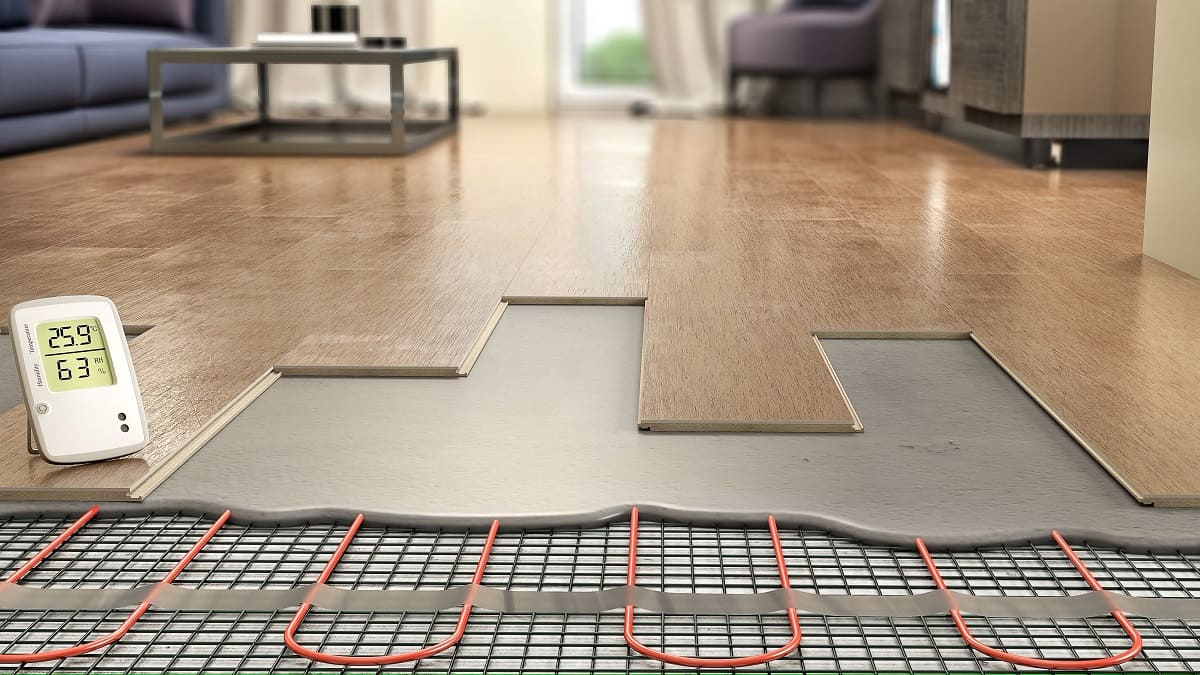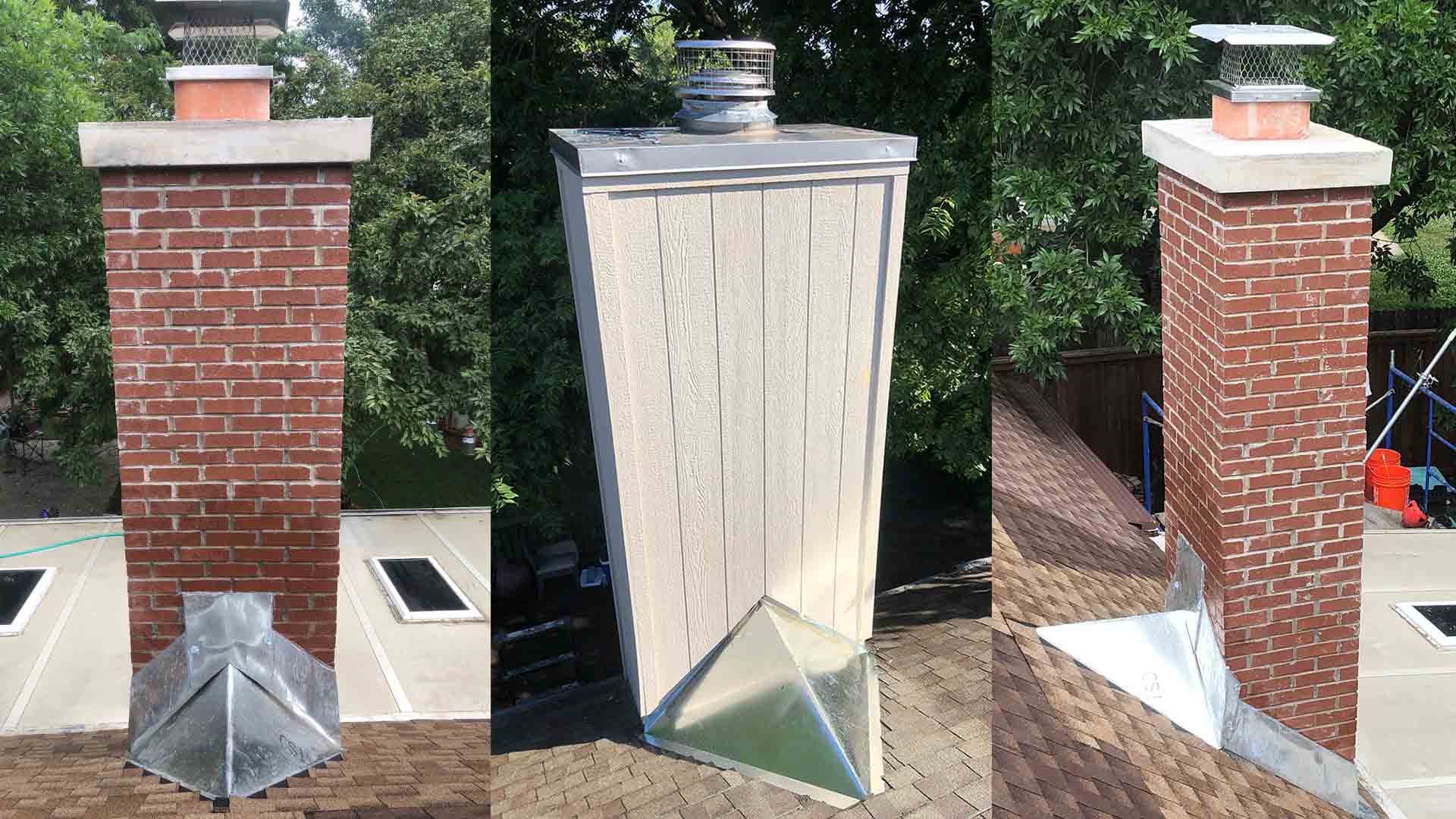Home>Home Maintenance>How Much Does Flute Repair Cost
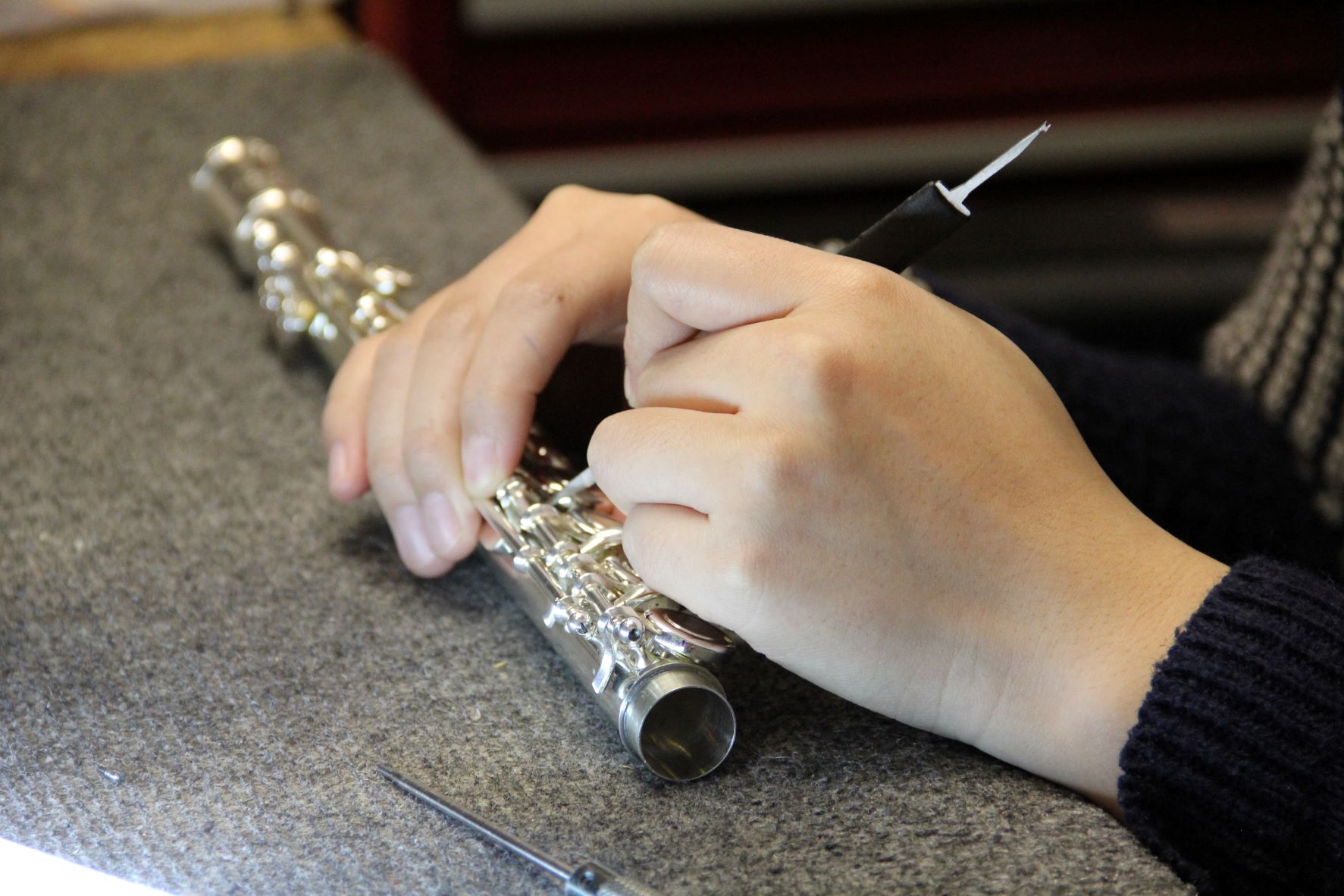

Home Maintenance
How Much Does Flute Repair Cost
Modified: March 6, 2024
Learn about the average cost of flute repair for home maintenance. Find out what factors can impact the price and how to budget accordingly.
(Many of the links in this article redirect to a specific reviewed product. Your purchase of these products through affiliate links helps to generate commission for Storables.com, at no extra cost. Learn more)
Introduction
Welcome to the world of flutes, a mesmerizing musical instrument that brings joy and harmony to many. Playing the flute requires precision, skill, and dedication, but like any well-loved instrument, it may occasionally require repair and maintenance to keep it in optimal condition.
In this article, we will explore the factors that can influence the cost of flute repair, common types of flute repairs, the benefits of professional repair services, the pros and cons of DIY repairs, and some tips for minimizing flute repair costs.
Whether you are a professional flutist, a passionate amateur, or a parent supporting a young musician’s journey, understanding the ins and outs of flute repair costs can help you make informed decisions about the care and maintenance of this delicate instrument.
Without further ado, let’s delve into the world of flute repair and uncover the secrets behind the cost of keeping your cherished flute in top-notch shape.
Key Takeaways:
- Flute repair costs vary based on factors like repair type, technician expertise, and geographic location. Professional repairs offer quality assurance and customization, while DIY repairs may lead to further damage.
- To minimize flute repair costs, maintain your flute regularly, handle it with care, and address issues promptly. Seek professional help for complex repairs and enjoy the beautiful music your flute produces.
Read more: How Much Does It Cost For A Chimney Sweep
Factors Affecting Flute Repair Costs
When it comes to flute repair costs, several factors can influence the overall price you’ll pay for the service. Understanding these factors can help you anticipate the potential costs and make informed decisions about your flute’s maintenance.
1. Type of Repair: The type of repair needed for your flute plays a significant role in determining the cost. Minor repairs, such as replacing a pad or adjusting a key mechanism, tend to be less expensive than major repairs, like fixing a damaged body or replacing a broken headjoint.
2. Skill and Experience of the Repair Technician: The skill and experience of the repair technician can impact the cost. Technicians with higher levels of expertise and experience may charge higher rates for their services. However, their knowledge and expertise often translate into more accurate and long-lasting repairs, ensuring the longevity of your flute.
3. Replacement Parts: The cost of replacement parts can also affect the overall repair cost. Depending on the make and model of your flute, the availability and quality of replacement parts may vary, thereby impacting the cost. Rare or custom parts may be more expensive to obtain.
4. Geographic Location: The cost of flute repair can also vary depending on your geographic location. Repair rates tend to be higher in urban areas compared to rural areas due to factors like higher overhead costs and market demand.
5. Complexity of the Repair: The complexity of the repair required can influence the cost as well. For example, a complete overhaul that involves disassembling, cleaning, and adjusting every component of the flute will generally cost more than a simple adjustment or cleaning.
6. Additional Services: Additional services, such as polishing, silver plating, or engraving, may also impact the overall repair cost. These services are often optional and can add to the aesthetic appeal of your flute but may come with an additional price tag.
7. Condition of the Flute: The overall condition of your flute prior to repair can also affect the cost. If your flute has been neglected or is in poor condition, it may require more extensive repairs, thus increasing the overall cost.
Keep in mind that these factors are not exhaustive, and each repair situation is unique. It is always wise to consult with a professional repair technician who can assess your flute and provide an accurate estimate based on your specific needs.
Common Flute Repairs and Estimated Costs
Flutes, like any musical instrument, are prone to wear and tear over time. Regular use, changes in temperature and humidity, and accidents can lead to various issues that require repair. Let’s take a look at some common flute repairs and their estimated costs:
1. Pad Replacement: Flute pads can wear out or become damaged, affecting the instrument’s playability. The cost of replacing a single flute pad can range from $20 to $50, depending on the type and quality of the pad.
2. Key Adjustment and Regulation: Over time, flute keys can become misaligned, affecting the instrument’s intonation and response. A key adjustment and regulation service typically costs between $50 and $100, depending on the complexity and number of keys involved.
3. Cork Replacement: Cork joints on flutes can wear out, leading to air leaks and difficulty in assembly. The cost of replacing a cork joint can range from $30 to $60, depending on the type and quality of the cork.
4. Spring Replacement: Flute springs can lose tension or break, causing keys to malfunction. The cost of replacing a flute spring can vary from $5 to $25 per spring, depending on the size and type of spring.
5. Body and Joint Repairs: Cracks or dents in the flute body or joints may require professional repair. The cost of body and joint repairs can vary greatly depending on the severity of the damage and the repair techniques used. Minor repairs may cost around $100, while more extensive repairs can exceed $500.
6. Headjoint Cork Replacement: The cork on the headjoint can wear down over time, affecting the flute’s tuning. The cost of replacing a headjoint cork typically ranges from $20 to $50.
7. Tenon and Receiver Fitting: Loose tenons or receivers can cause instability and affect the instrument’s playability. The cost of tenon and receiver fitting can range from $50 to $150, depending on the level of adjustment required.
It’s important to note that these estimated costs are just general guidelines and can vary depending on various factors, as mentioned earlier. It’s always recommended to consult with a professional repair technician who can assess the specific repairs needed and provide an accurate cost estimate.
Professional Flute Repair Services
When it comes to maintaining and repairing your flute, seeking the services of a professional repair technician is highly recommended. Professional flute repair services offer a range of benefits that ensure the longevity and optimal performance of your instrument.
1. Expertise and Knowledge: Professional flute repair technicians have extensive knowledge and expertise in handling flutes. They are trained to diagnose and fix various issues, ensuring that your flute is repaired correctly and efficiently.
2. Quality Assurance: Choosing a reputable repair service ensures that high-quality materials and replacement parts are used in the repair process. This guarantees that your flute will perform at its best and that the repairs will withstand the test of time.
3. Comprehensive Repairs: Professional repair technicians have the tools and skills necessary to perform a wide range of flute repairs. Whether it’s minor adjustments or major body repairs, they can address a variety of issues while ensuring that all components of the instrument are functioning properly.
4. Customization and Upgrades: Many professional repair services offer customization options and upgrades to enhance the playability and sound of your flute. These include services like custom keywork, tone hole resizing, and headjoint modifications, allowing you to tailor your instrument to your specific needs and preferences.
5. Regular Maintenance and Check-ups: Professional repair services also offer regular maintenance and check-up services to keep your flute in optimal condition. This includes cleaning, oiling, and adjusting the key mechanism, ensuring that your flute continues to perform at its best.
6. Reliable Warranty: Reputable repair services often provide a warranty on their work, giving you peace of mind knowing that any potential issues that arise shortly after the repair will be addressed free of charge.
When choosing a professional flute repair service, it is essential to do your research. Look for reputable repair technicians with a track record of excellence and positive customer reviews. Seek recommendations from fellow flute players or your music teacher to ensure that you entrust your instrument to capable hands.
By opting for professional flute repair services, you can have confidence in the quality of repairs performed on your instrument, prolonging its lifespan and ensuring that it continues to produce beautiful music for years to come.
The cost of flute repair can vary depending on the extent of the damage and the expertise of the repair technician. Basic repairs may start at around $50, while more extensive overhauls can cost several hundred dollars. It’s important to find a reputable repair technician who can provide an accurate estimate before proceeding with any repairs.
DIY Flute Repair: Pros and Cons
While it is generally recommended to seek professional flute repair services, there may be instances where you might consider taking a do-it-yourself (DIY) approach. However, it’s important to weigh the pros and cons before attempting any repairs on your own.
Pros of DIY Flute Repair:
- Cost Savings: One of the primary advantages of DIY flute repair is the potential cost savings. By performing the repairs yourself, you can avoid paying professional services fees.
- Empowerment and Learning: Repairing your flute on your own can be a rewarding experience. It allows you to learn more about your instrument, develop new skills, and gain a deeper understanding of its mechanics.
- Immediate Attention: If you are in a situation where professional repair services are not readily available or the repair needed is minor, DIY repairs can offer a quick fix until you can consult a professional.
Cons of DIY Flute Repair:
- Lack of Expertise: Flute repair requires specialized knowledge and skills. Without proper training and experience, DIY repairs can lead to further damage and costly mistakes.
- Potential for Improper Repairs: Incorrectly repairing your flute can affect its playability and sound quality. Even a seemingly simple adjustment can have a significant impact on the instrument’s overall performance.
- Voiding Warranty: If your flute is still under warranty, attempting DIY repairs may void the warranty. This can leave you responsible for any future repairs or replacements.
- Safety Concerns: Flute repairs often involve delicate parts and the use of specialized tools. Without the proper knowledge and precautions, you may inadvertently cause injury to yourself or damage the instrument beyond repair.
It is important to assess your skills, knowledge, and the complexity of the repair before deciding to go the DIY route. Simple maintenance tasks like cleaning and oiling the instrument can usually be done by the player with proper guidance. However, for complex repairs or adjustments, it is best to consult a professional repair technician to ensure the integrity and functionality of your flute.
Remember, your flute is an intricate musical instrument that deserves the care and expertise of professionals when repairs are necessary. DIY repairs should only be undertaken with caution and with a clear understanding of the potential risks involved.
Read more: How Much Does Chimney Inspection Cost
Tips for Minimizing Flute Repair Costs
While flute repairs are sometimes unavoidable, there are several steps you can take to minimize the frequency and cost of repairs. By implementing these tips, you can keep your flute in good condition and reduce the likelihood of costly repairs:
1. Regular Maintenance: Establish a routine maintenance schedule for your flute. This may include cleaning the instrument after each use, oiling the key mechanism periodically, and ensuring proper assembly and disassembly techniques. Regular maintenance can help prevent the accumulation of dirt, debris, and moisture that can lead to issues requiring repair.
2. Proper Handling and Storage: Handle your flute with care and avoid dropping or mishandling it. Store your flute in a protective case when not in use to prevent accidental damage. Proper handling and storage can minimize the risk of physical damage that may necessitate professional repairs.
3. Temperature and Humidity Control: Flutes are sensitive to changes in temperature and humidity, which can cause keys to stick, pads to swell, and joints to become loose. Keep your flute in a stable environment and avoid exposing it to extreme temperatures or high humidity levels. Use a hygrometer to monitor humidity and consider investing in a flute case with humidity control features.
4. Regular Check-ups: Schedule regular check-ups with a professional flute technician. Proactive maintenance and early detection of potential issues can help address minor problems before they escalate into major repairs. A technician can identify any adjustments or repairs that may be necessary and provide guidance on proper flute care.
5. Play with Correct Technique: Play your flute with proper technique to minimize the strain on the instrument. Avoid excessive force on the keys, maintain proper finger placement, and use sufficient breath support to prevent unnecessary stress on the flute mechanism.
6. Educate Yourself: Take the time to educate yourself about your flute. Read the manufacturer’s manual or seek guidance from a music instructor to understand the proper care and maintenance procedures specific to your instrument. This knowledge will help you make informed decisions and take appropriate steps to keep your flute in good shape.
7. Address Issues Promptly: If you notice any issues with your flute, such as sticking keys, air leaks, or unusual sounds, address them promptly. Ignoring these problems can lead to further damage and potentially more expensive repairs down the line.
By following these tips and maintaining a proactive approach to flute care, you can significantly reduce the need for extensive repairs and keep your flute in optimal playing condition for years to come.
Conclusion
Flute repair is an essential part of maintaining the condition and performance of your cherished instrument. Understanding the factors that affect flute repair costs, knowing the common repairs and their estimated costs, and considering the pros and cons of DIY repairs are all valuable pieces of knowledge that can guide you in making informed decisions about the care and maintenance of your flute.
While professional flute repair services offer expertise, quality assurance, and comprehensive repairs, there may be instances where DIY repairs can be considered. However, it is crucial to weigh the pros and cons carefully and assess your skills and knowledge to avoid potential damage to your flute.
By following tips for minimizing flute repair costs, such as regular maintenance, proper handling and storage, temperature and humidity control, regular check-ups, playing with correct technique, educating yourself, and addressing issues promptly, you can reduce the frequency and expenses associated with flute repairs.
Remember, the care and maintenance of your flute is an investment in its longevity and optimal performance. Always consult with a professional repair technician for complex repairs, and don’t hesitate to seek advice and guidance from experienced flutists and instructors.
By taking proactive steps and being diligent in the care of your flute, you can ensure that it continues to bring you joy and produce beautiful music for many years to come.
Frequently Asked Questions about How Much Does Flute Repair Cost
Was this page helpful?
At Storables.com, we guarantee accurate and reliable information. Our content, validated by Expert Board Contributors, is crafted following stringent Editorial Policies. We're committed to providing you with well-researched, expert-backed insights for all your informational needs.
